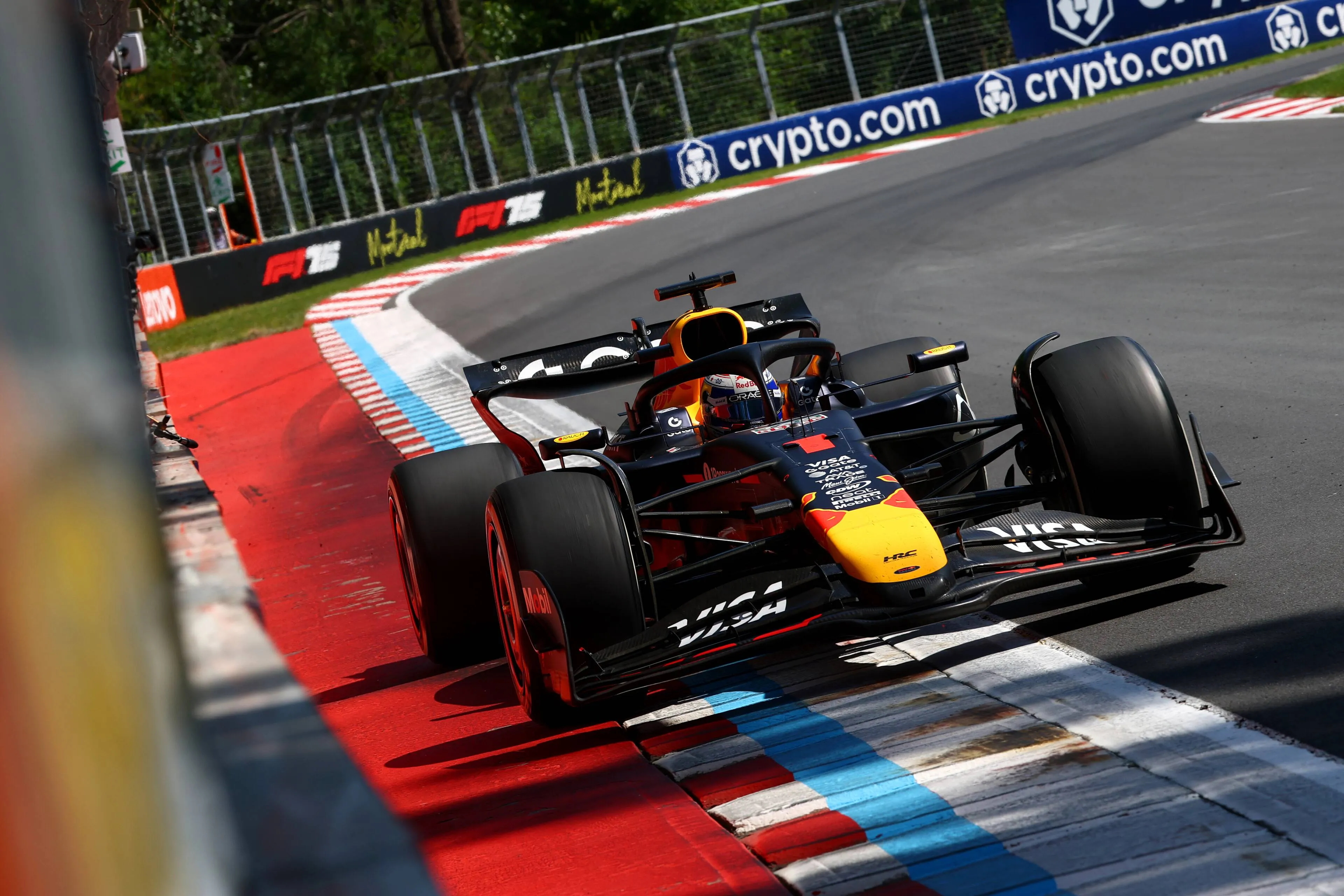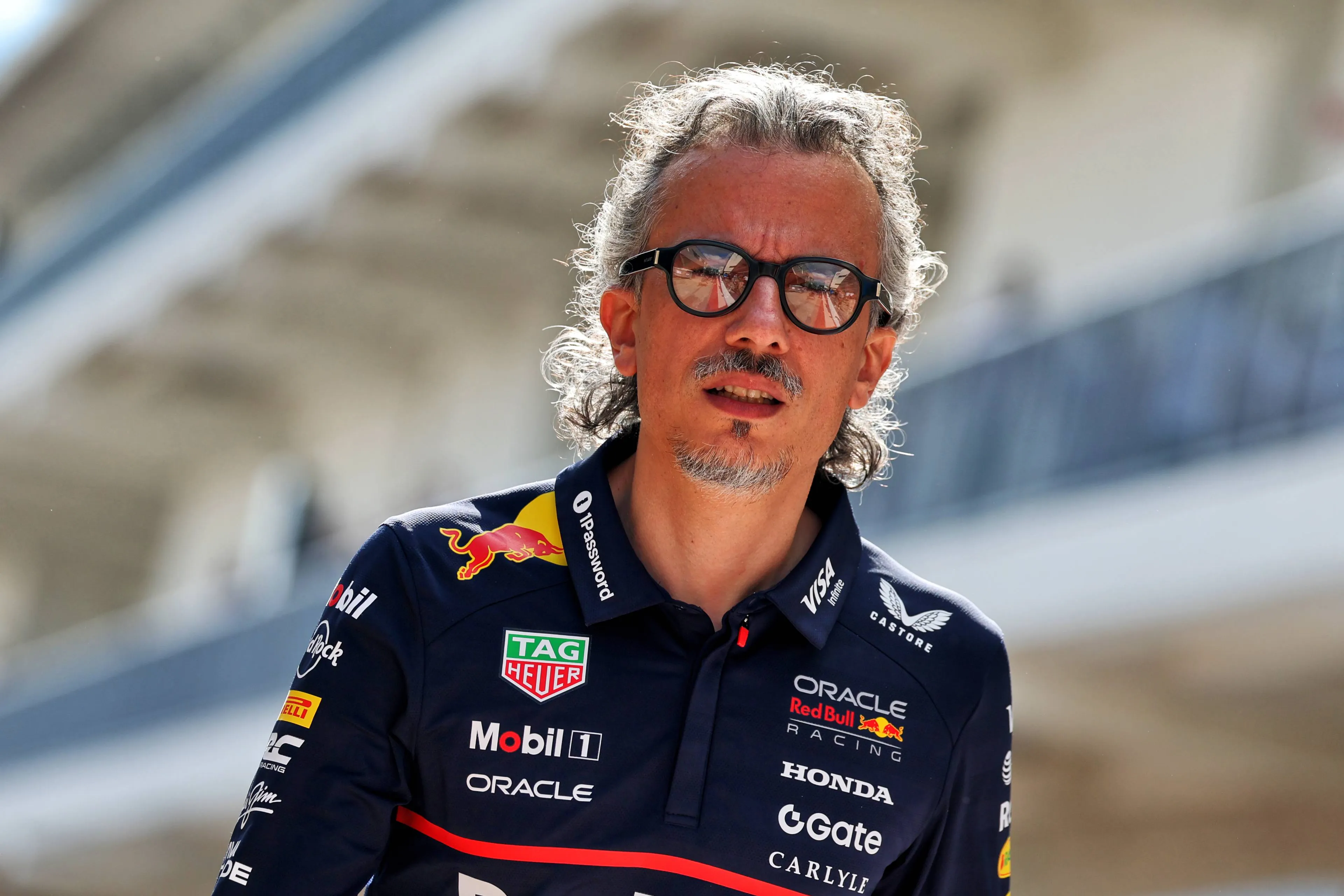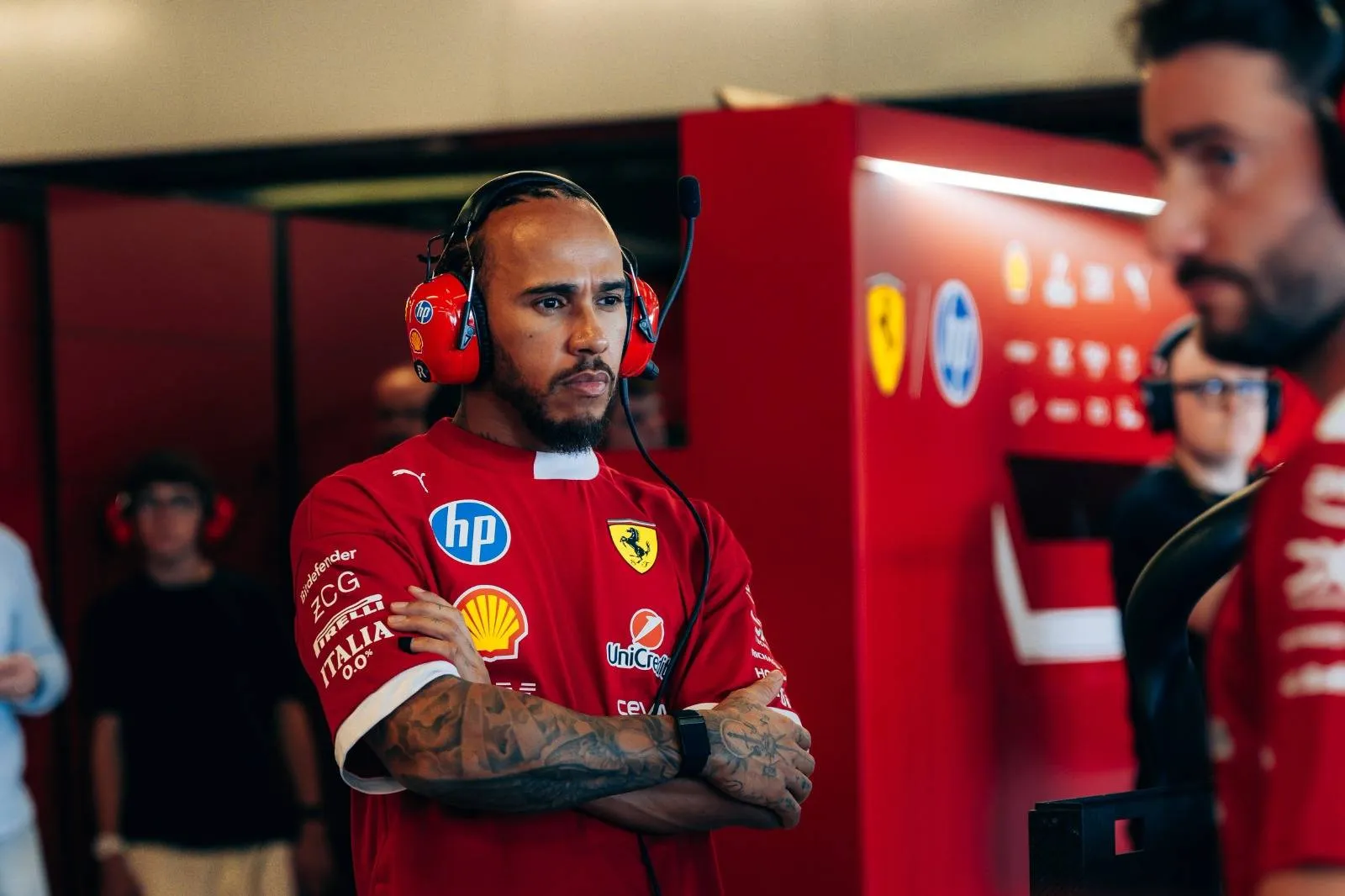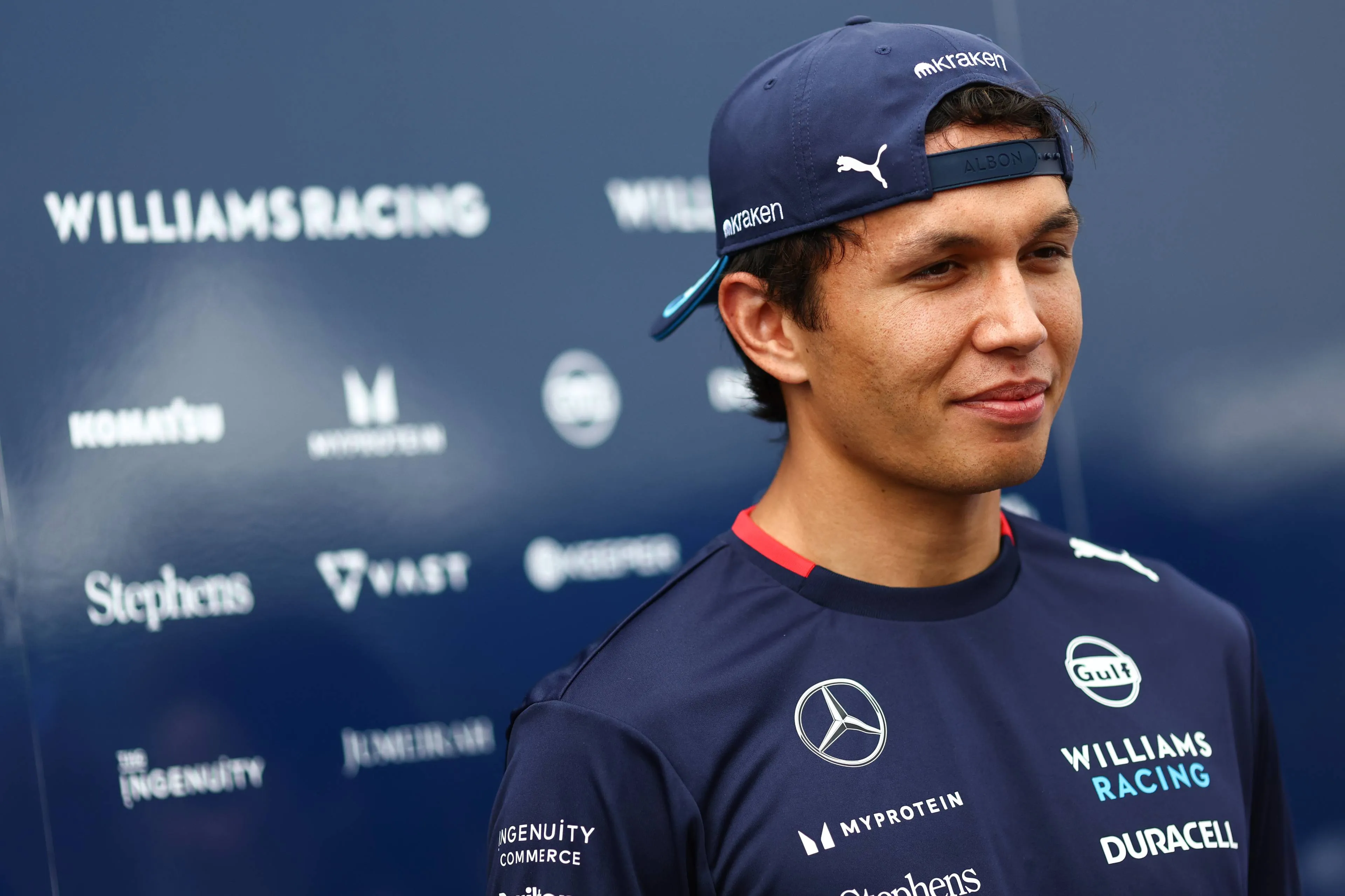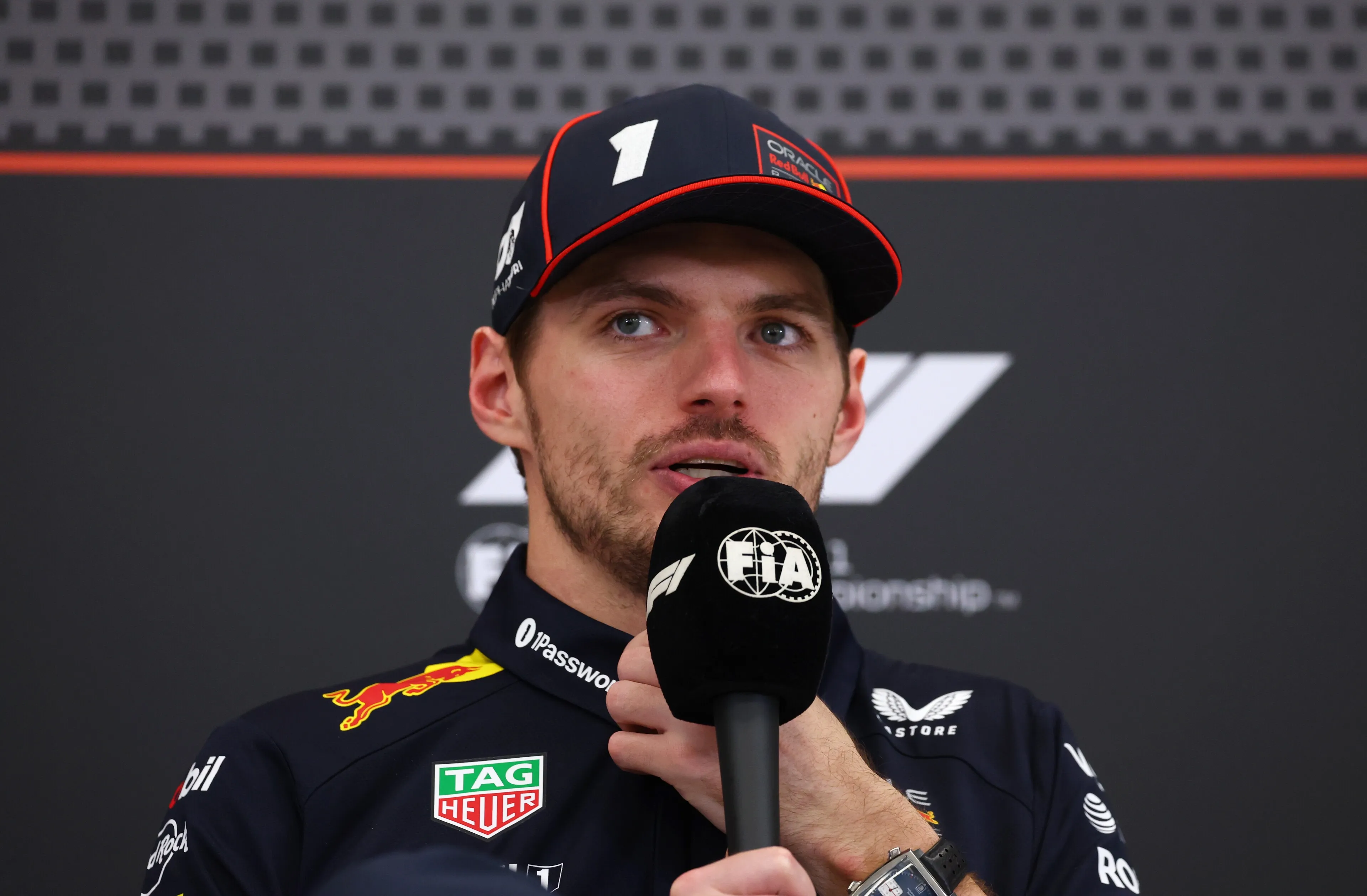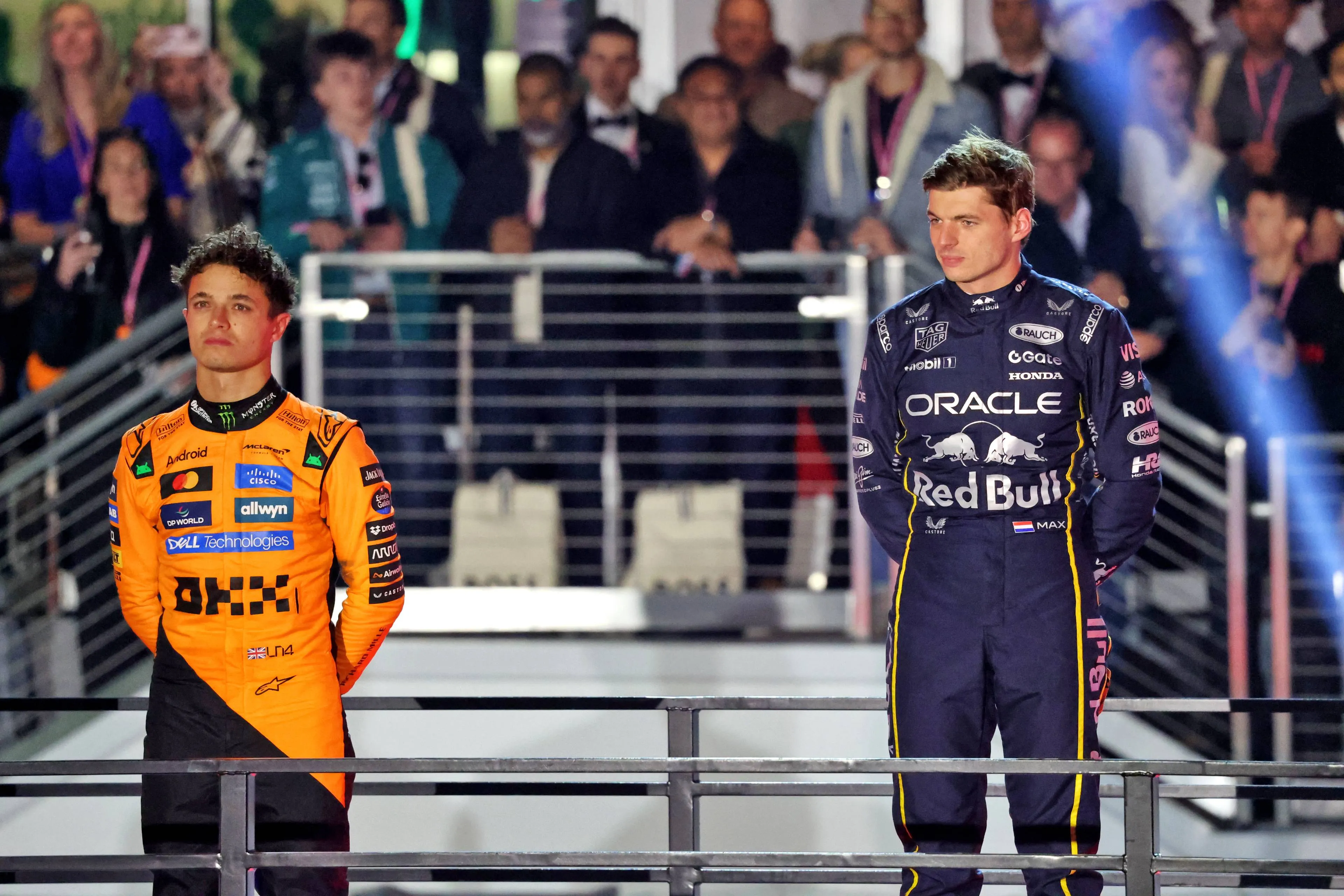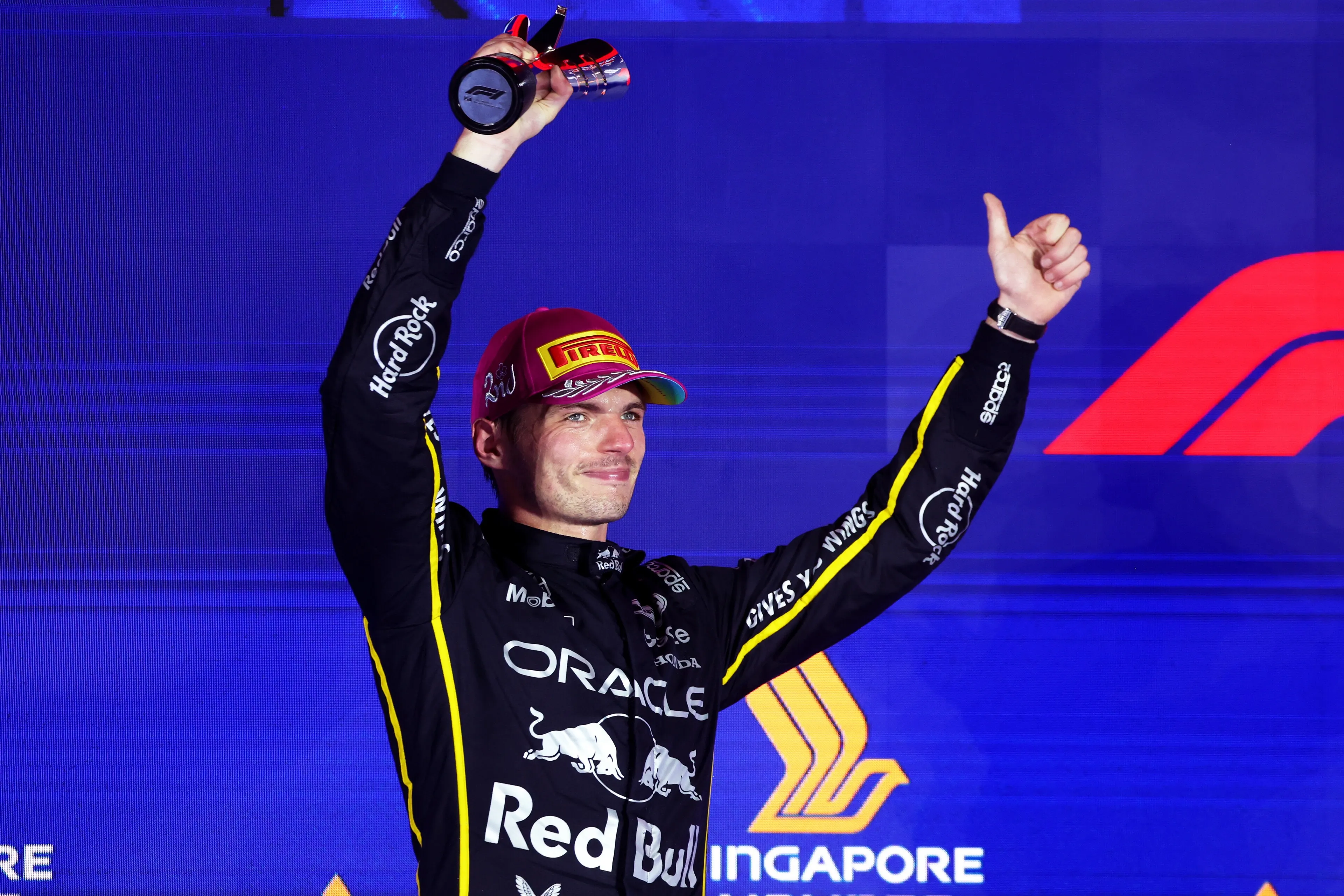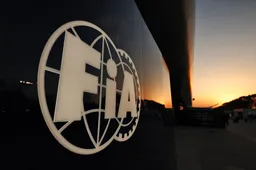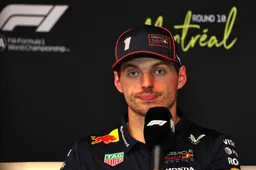Inside F1's penalty points system as Max Verstappen faces race ban risk
11:32, 26 Jun
Updated: 17:53, 26 Jun
3 Comments
The FIA revealed the guidelines that are handed to the stewards. While these have no regulatory value, these were shared to promote transparency.
The motorsport federation shared two documents: one for guidelines in terms of penalties, and one for driving standards.
With Max Verstappen being a single point away from being suspended, let's take a look at how these penalty points are handed out in F1.
How are penalty points distributed?
In terms of driving infringements, the following incidents will all lead to three penalty points:
- driving unnecessary slowly in a dangerous manner
- driving erratically in the case it is penalised with a grid penalty and not a reprimand
- driving with or not stopping with significant and obvious damage unless given a reprimand in FP sessions or qualifying
- impeding another driver with dangerous intent
- more than once change of direction to defend position
- more serious or repeated moving under breaking during the Grand Prix
Looking at the battles with collisions or forcing another driver off the track, the following points could be handed out.
In terms of causing a collision, in FP and qualifying sessions, penalty points can range from zero to three, and the baseline during Grands Prix are three. If there is no immediate or obvious sporting consequence, like during the Lando Norris-Oscar Piastri incident in Canada last time out, it is possible to hand out no penalty points at all.
However, if you cause a collision with apparent deliberate or reckless intent, that would lead to four penalty points.
Looking at forcing another driver of the track, 0-2 points could be handed out during FP sessions and qualifying, and the baseline is at two points for the Grand Prix. If doing so with reckless intent, you can receive three penalty points.
If a driver leaves the track and rejoins unsafely, it can lead to a single penalty point during qualifying and two penalty points during the race.

Max Verstappen is a single penalty point away from being suspended ahead of the Austrian GP
What happens in the pit lane?
In terms of the pit lane incidents, crossing a line at the or missing a bollard at the pit lane entry could result in two penalty points if done dangerously during FP sessions or qualifying, and three penalty points during the race. A single penalty point is also handed out if these lines are crossed not in a dangerous way during a race. The same applies to the pit lane exit as well.
Drivers can receive one or two penalty points if they are responsible for an unsafe release during the race, and three points in all sessions if they drive in a car that they know is in unsafe conditions.
If a driver fails to stop at the red light during the race at the end of the pit lane, that would once again mean three penalty points. During the other sessions, that could be anywhere from zero and up to two points.
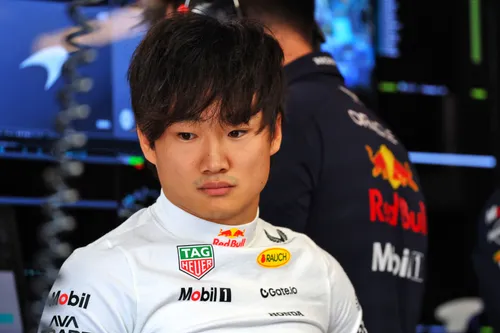
Tsunoda received two penalty points for a red flag infringement during the Canadian GP
Flag signals matter
Plenty of points could be handed out for failing to respect flags.
Failing to slow down/overtaking during a single yellow flag:
- three points during a GP and two during the rest of the weekend
Failing to slow down/overtaking during a double yellow flag:
- three points
Failing to slow down for red flags:
- four points
Failing to respect blue flags during the Grand Prix:
- one or two points depending on the decision
Failing to respect black/black and orange flags:
- five points
What happens during VSC and the Safety Car?
Red Bull's protest after the Canadian Grand Prix did not pay off, but plenty of points and penalties can be received for these infringements too.
Failing to stay within 10 car lengths leads to two or three penalty points, while overtaking the Safety Car when no exception comes into effect leads to three penalty points. Until it's allowed by the stewards, drivers also can't overtake behind the Safety Car. If a driver does so, they would receive two penalty points for overtaking two cars, and three penalty points if they overtake more.
Exceeding the minimum time set by the ECU behind the Safety Car lead to one to three penalty points depending on the red sectors, and the same applies to the VSC limits. During a Grand Prix, if it happens at the end of the VSC, the same points could be handed out depending on the red values.
Pit lane incidents also come into play here. If a driver fails to enter the pit lane behind the Safety Car, and overtaking during the pit entry and pit exit when they have to drive over the pit lane (there might be mitigating circumstances) both lead to three penalty points.
Entering the pit lane under Safety Car conditions but not to change tyres when the cars do not have to pass through the boxes also leads to three penalty points.
Overtaking behind the Safety Car during a race re-start leads to two penalty points.
For the rest of the penalties, no penalty points are handed out according to the FIA guidelines.
You can see the complete list of penalty here.
Read more about:
Popular on GPBlog

1
Verstappen opts for Hamilton's old race number for F1 2026
5729 times read

2
F1 teams’ disqualification fears prompt last-minute F1 2026 rule tweak
5305 times read

3
Red Bull boss lifts the lid on what pushed him away from Ferrari
1947 times read

4
Marko goes ruthless, pins Verstappen’s title loss on Horner: 'I’m convinced'
1817 times read
Loading
